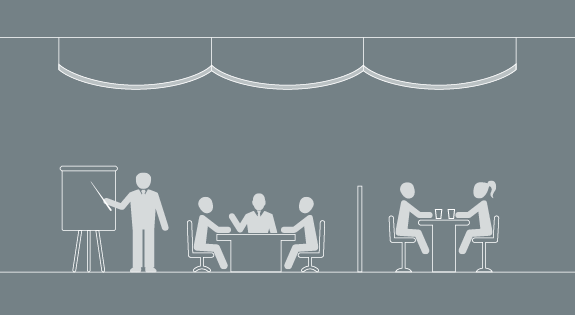Each of us is inclined to seek comfort. An environment where we find acoustic well-being is one in which we are not overwhelmed by noise, where we can converse normally with another person, and immerse ourselves in our thoughts if necessary.
The possibility of this is largely linked to the physical characteristics of the environment we are in: its dimensions and the properties of the materials that make up the floor, ceiling, and walls. The number of windows, the presence of curtains, wardrobes, and other furnishings are also relevant. The combination of these features either promotes or hinders the reflection of sound waves.
Sound reverberation and the discomfort that arises from it result from the prolonged reflection of sound waves from one surface to another. Proper reverberation management is the work of acoustic comfort professionals.

Reverberation is the physical phenomenon by which a sound wave is reflected when it encounters a surface. What affects our well-being is the time during which these sound waves stop being reflected, that is, the time it takes for silence to return once the sound has finished being emitted.
We all know what the phenomenon of "echo" is. In the mountains or in large empty spaces, we have heard our words being "repeated" several times. The phenomenon is due to a long reverberation time in the space where we are, so our sound waves take seconds to stop being reflected among various surfaces.